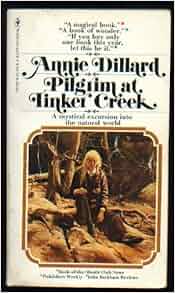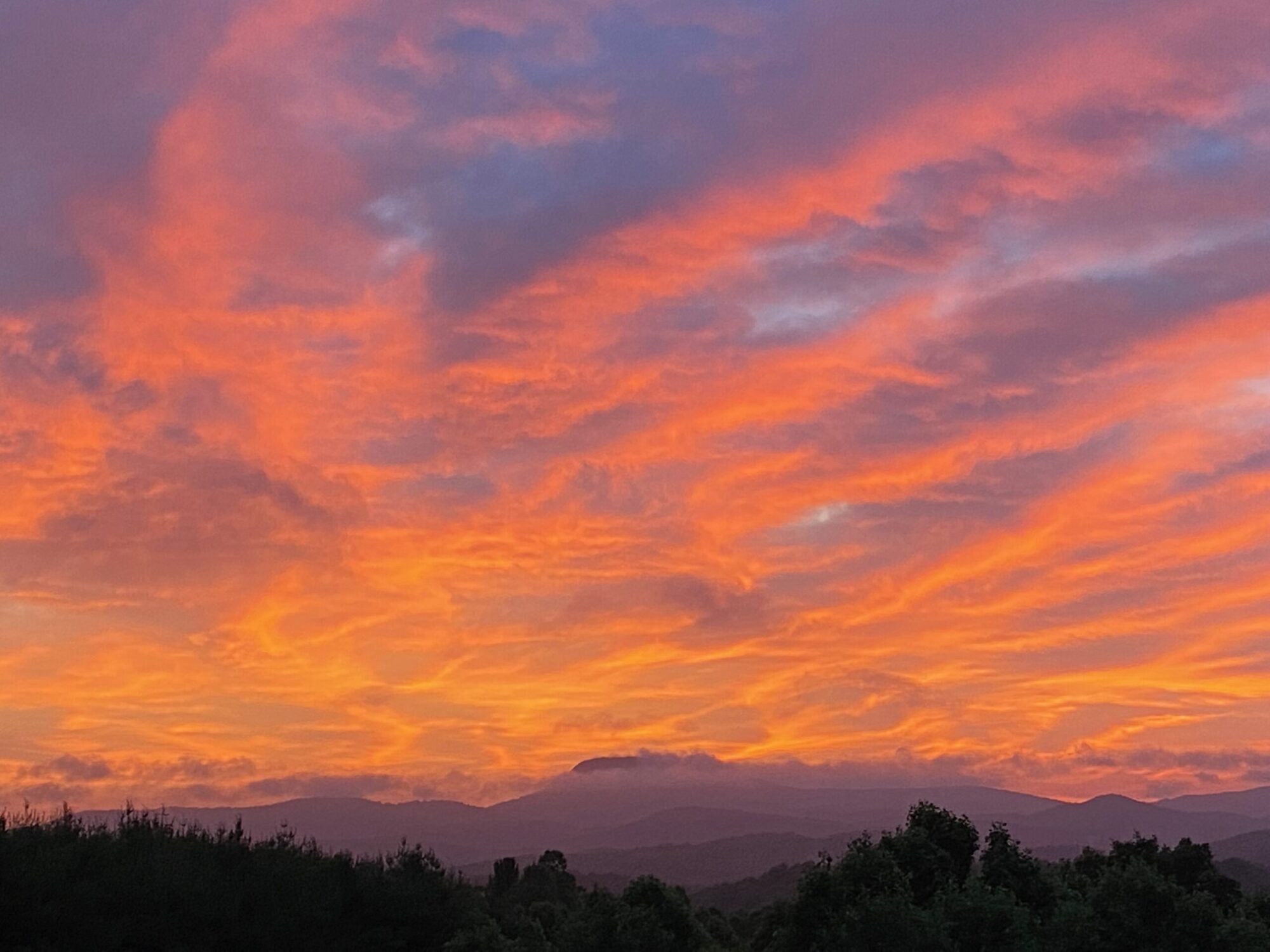Jeff Garrison
Mayberry and Bluemont Churches
August 18, 2024
Mark 8:22-25
At the beginning of worship:
How do you see the world? Are you an optimist who sees this glass as half full? Or are you a pessimistic who sees it as half empty?
As Christians, we should see the world differently. We have hope. Sadly, there is much in our world to fear. And if someone can make us afraid, we’ll often do things we’d never do in a rational world. This is the foundation of our consumer society and of most political campaigns. We do things or support candidates because we think they’re the answer to our problems.
This even true in the church. From some pulpits, you’ll hear more about the problems of society and how the cultural war is out to destroy the church that the teachings of Jesus.[1] It’s a call to fight back. But those of us who follow Jesus know he has our back. The Jesus we know from Scripture doesn’t issue such calls.
Using fear to motivate misses the good news of the gospel. One of the most heard passages in scripture is “Fear not!” We shouldn’t fear for we know where our treasure resides. We shouldn’t fear because we know who is in charge. We shouldn’t fear for we know how the story will end!
Jesus proclaimed the gates of hell won’t prevail against his church.[2] Jesus is the one who protects his church, not us. Now that doesn’t mean we can do what we want, but it does mean our loyalty is to him and we need to keep our focus not on the world but on him. The world, we’re told, is going to always have problems until it is brought into full redemption. Wars and rumors of wars, Jesus says.[3] We know how the story ends. The ending provides the foundation for our hope.
We need new eyes, hopeful eyes. And Jesus has the power to restore our sight in such a manner, as we’ll see this morning.
Before reading the Scriptures:
Last Sunday, if you remember, Jesus was a bit upset with the disciples. “Do you have eyes and fail to see?” He asked. They were all concerned with not having lunch as they sailed, once again, on the lake. We can imagine them almost pointing fingers at one another, blaming others for their lack of bread. And when Jesus began to talk metaphorically about yeast, they assumed it had to do with their argument about the lack of bread. Because you need yeast to make bread, they put the two together.
Today, we’ll see that following this discussion about their “blindness,” a blind man’s sight is restored. This is not a haphazard healing. Jesus makes a deeper point than just healing a man. He shows that he is the one who can, as the old hymn goes, “open our eyes, that we might see.”[4]
Our story today has a parallel healing which we’ve already explored. In the 7th Chapter, Jesus heals a man who was deaf and dumb, giving him back his hearing and his speech.[5] There are many similarities between these two passages. First, these are the only two miracles we find only in Mark and not in Matthew and/or Luke. Another similarity are the phrases used. The suffering man is “brought” to Jesus. His friends “beg” Jesus to lay on his hands or touch him. He takes both men away from the crowds to a private place.
This passage ends the first half of Mark’s gospel. We’ve seen how Jesus is God with power over evil and the forces of nature, along with the ability to heal, raise the dead, and cast out demons. We also see that Jesus is the Messiah, the one who does things like feeding the hungry, giving sight to the blind and hearing to the deaf. Next week, we’ll see the disciples begin to understand Jesus. As they do, Jesus sets his face toward Jerusalem where he will go to die and to be raised on the third day.
We’ve last seen Jesus and the disciples in a boat, sailing across the Sea of Galilee. In today’s story, we’ve learned they have sailed to the north end of the Sea, at the point the Jordan River enters the top of the sea, at Bethsaida. There, a blind man is brought to Jesus. His friends beg Jesus to touch the man, obviously seeking his healing.
Let me point out one thing here. If we are not in need of having our vision corrected by Jesus, we should be the friends of the blindman. We can’t save anyone, but we can bring those in need of salvation to Jesus Christ, as the friends of his man did.
Now, for some reason, Jesus decides to heal in private. He leads the man outside the village. As it was with the healing of the deaf man, Jesus uses salvia on his eyes, before touching them. When he removes his hands, he asks the man if he can see.
The man gives what I can a most interesting response. “I see people like walking trees.” Obviously, this man wasn’t born blind, if he could differentiate between trees and people. But he still isn’t seeing clearly.
Jesus then lays his hands again on the man, then asking again if he can see. How he sees perfectly. Jesus sends him away, telling him to go home and not through the village. Jesus obviously doesn’t want the word to get out that he’s in town.
There are a few unique things about this miracle which may help us better interpret the passage. First, nothing gets said about the man’s faith. The woman who reached out in faith to touch Jesus’ garment in to be healed is told by our Savior, “Woman, your faith has made you well.”[6] When he heals the Syrophoenician’s daughter, it was because of the mother’s faith.[7] But with this man, we’re told nothing about of his faith. He’s just a man in need and Jesus heals him.
Second, this is the only miracle in which Jesus heals in stages. Other healings occur in an instant. But not here. It’s almost as if Jesus was an optometrist. You know, you’re looking into the machine. The eye doctor asks, “How’s that?” And from your answer, the doctor manipulates the lens on the machine a bit and asks again. In the optometrist’s office, this exchange continues until the doctor gets the prescription for the glasses just right.
A lot has been made as to why Jesus didn’t get it right the first time. Maybe Jesus shows we’ll gradually gain sight. Our eyes, when it comes to faith, increasingly open. None of us are like Paul with a Damascus Road experience. Outside of a very few, like Paul and Moses, that’s not how God works even in scripture. As we come to faith, our eyes gradually open more and more to what God is doing in our lives and in our world.

When I set out to complete the Appalachian Trail, hiking from Virginia to Maine in one summer, I carried one book for each section of the trail. The first book was Annie Dillard’s, Pilgrim at Tinkers Creek. It was the perfect book, as Dillard writes about discovering nature by looking, not at the larger vistas, but at the small things. Insects, bugs, frogs, things often overlooked. Dillard showed their amazing lives and how they fit into the larger world. When I’d break by a stream or a spring, I’d be on the lookout to the wonders Dillard described.
As a follower of Jesus, we need that same kind of wonder. When we look at a problem in society, we shouldn’t just complain and shake our heads. We should look for those who survive despite the difficulties, those who help others, those who show the light of Christ. As Mr. Rogers said when discussing disasters such as 911, look for the heroes, those who run toward the danger to help others. Those are the ones who have faith and who demonstrate a Christ-like obedience.
And if we truly believe, when we see a problem in which we can help, we should jump forward. For we know that whatever happens to us, God is in control. While the present may look bleak, the future will be bright. Our eyes will be fully open, and we will see God, face to face.
So next time you look at a glass like this, consider it half full. Have faith, for in the end, things will work out.
We’re called to follow Jesus. As followers, we’re not to get too down about the things of the world. Instead, we’re to store up our treasure in heaven.[8] After all, we are only temporary citizens of this world. Our kingdom is of another world, an eternal one. And that should give us hope. Amen.
Commentaries Consulted:
Edwards, James R. The Gospel According to Mark (Grand Rapids, MI: Eerdmans, 2002).
Hare, Douglas R. A., Westminster Bible Companion: Mark (Louisville, KY: Westminster/John Knox Press, 1996).
Hooker, Morna D. The Gospel According to Saint Mark (1991, Hendrickson Publishing, 1997).
Lane, William L., The Gospel of Mark (Grand Rapids, Eerdmans, 1972).
[1] I was reminded of this recently while reading Tim Alberta, The Kingdom, the Power, and the Glory: American Evangelicals in an Age of Extremism ((Harper, 2024). See https://fromarockyhillside.com/2024/08/15/two-book-reviews/
[2] Matthew 16:18. Many translations, including the NRSV and NIV, use hades instead of hell. Most paraphrase translations including the Message and the New Living Bible use hell.
[3] Matthew 24:6, Mark 13:7
[4] This popular hymn is found in over 200 hymnals. Clara H. Scott (1841-1897) wrote the lyrics and the music for “Open My Eyes”
[5] Mark 7:31-37. See https://fromarockyhillside.com/2024/07/28/open-our-ears-that-we-might-hear/
[6] Mark 5:25-34. See https://fromarockyhillside.com/2024/06/09/7247/
[7] Mark 7:24-30. See https://fromarockyhillside.com/2024/07/21/crumbs-for-the-dogs/
[8] Matthew 6:20.


I’m pretty sure I’m a pessimist. But that really doesn’t surprise me.
There are always reasons for us to be down, but if we look positively at things, a change in attitude can lead to a change in situations.
I do fear for the future of God, Jesus, Christianity. This is helpful.
I don’t fear for the future of God. God is in control. The future of the church as we know it may not be bright, but the church isn’t in our hands. It has existed through all sorts of changes for 2000 years and will continue to exist until the end of this age.
Bad news sells and fear goes right along with that. This is a good message, Jeff, (I say that a lot here!) and I will try to keep looking at the glass as half full, living my life with hope in Christ.
I appreciate your comments, Kelly. I wish we could be as strong and not fear as we should because of our faith in Jesus Christ.